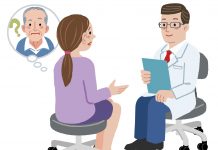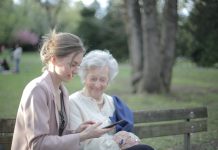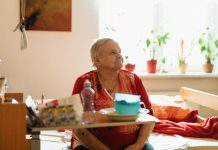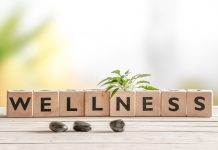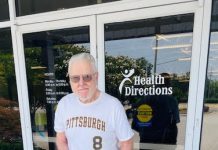When people hear the words “opioid epidemic,” they don’t usually picture someone in the golden age of life. But the truth is, older adults are disproportionately affected by this crisis. According to Medicare data, the estimated rate of opioid use disorder in adults over 65 has increased by more than 300% since 2013. As of 2018, nearly one million adults in this age group were living with a substance use disorder.
As we get older, many of us experience chronic pain or undergo procedures that can lead to real and lasting discomfort. Opioids are prescribed to help us get through the worst of it. They can offer short-term relief and, when used carefully, can be an important part of recovery. But too often, the prescription is filled, the pain begins to fade, and no one circles back to reassess. There is no follow-up plan or tapering strategy. What starts as a necessary treatment can quickly become long-term use. Opioids were never meant to be the only answer, yet many of us find ourselves on these medications for months or even years.
I know this because my family lived it. In 2016, I lost my son, Christopher, to substance misuse. He was only 32. His addiction began in a hospital bed after surgery, where he was prescribed round-the-clock opioids. We followed every instruction. What we did not receive was education, guidance, or an exit plan. This resulted in a 14-year struggle that ultimately took his life.
It took a few years, but I knew I had to turn my grief into something that could help other families just like my own. That’s why I created the Life Care Specialist (LCS), a trained member of the healthcare team who steps in at critical moments to offer pain management alternatives, emotional support, and patient education. Since 2019, this role has changed the way 10 hospitals and counting are caring for people in pain, and our work has only just begun.
If you or a loved one is living with chronic pain, you may have been told that opioids are your only option. But that is not the full story. There are many ways to manage pain without the risks that come with long-term opioid use.
Here are a few alternatives we at CWC Alliance suggest:
- Talk to Your Doctor About Non-Opioid Medications: Not all pain requires an opioid, and for many older adults, long-term opioid use can actually complicate other health conditions like sleep apnea, mental health, respiratory depression, or increased fall risk. Thankfully, there are new medications that offer pain relief without those risks. For example, Vertex Pharmaceuticals created a non-opioid medication, JOURNAVX, that was recently approved by the FDA to treat moderate to severe acute pain. It targets pain at the source by acting on specific nerve pathways rather than the brain’s reward center. At CWC Alliance, we are always exploring innovative approaches like this. There are many promising non-opioid therapies currently in the pipeline awaiting FDA approval. These new treatments give us hope that the future of pain care will be both safer and smarter. Ask your doctor if a non-opioid medication like JOURNOVANX might be right for your situation.
- Explore At-Home Comfort Tools: We like to introduce patients to supportive tools that can help ease physical discomfort without medication. One of our recommendations is cold therapy, which helps interrupt the pain signals sent to the brain. Cold therapy has been used for years to treat everything from post-surgical swelling to arthritis flare-ups. Reusable gel packs, cooling wraps like Polar Products, and wearable devices like VibraCool that combine cold with gentle vibration are all options that can be used at home. While they are not a cure, they can be a helpful part of a broader pain management plan.
- Take Inspiration from the LCS Healing Wheel: The healing wheel is a holistic model that we created to help our Life Care Specialists support patients through the physical, emotional, and mental dimensions of healing. At its core, it recognizes that pain is not just a physical experience but also one that affects the mind and spirit. The healing wheel includes techniques like deep breathing, relaxation exercises, and sound therapy. These tools work together to calm the nervous system and ease the body’s pain response. They can be practiced right from your hospital bed or living room chair. For many older adults, integrating these techniques into their daily routine has provided not only pain relief, but also a renewed sense of peace.
- Stay Safe with Your Medications: Managing multiple prescriptions can be overwhelming, especially when opioids are part of your treatment plan. Especially for those of us who take several medications each day, it’s easy to lose track. Unfortunately, some overdoses happen not because of misuse, but because someone accidentally takes an opioid twice or mixes it with another medication that causes dangerous side effects. We always recommend using a pill organizer to help keep track of what you’ve taken and prevent accidental double doses. It’s also important to talk with your doctor or pharmacist about how opioids might interact with your other medications. When in doubt, ask questions. Bring your full list of medications to every appointment, and make sure your care team is aware of everything you’re taking.
There’s no doubt that opioids have a time and a place in medical care. But for too long, we’ve been conditioned to believe that ill = pill. Healing is not one-size-fits-all. The more we explore personalized, evidence-based alternatives, the more we protect ourselves and the people we love from unnecessary risk.


